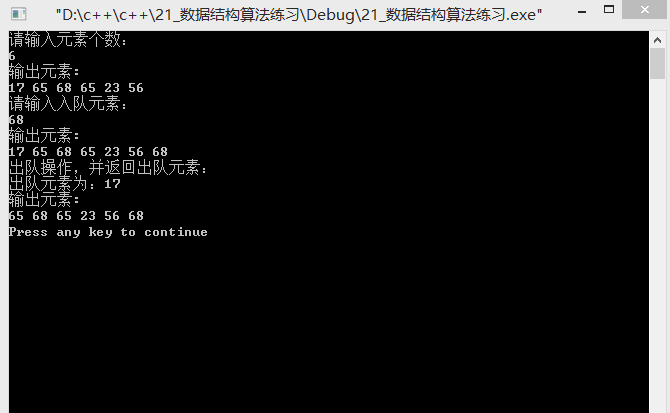帶頭結點的迴圈連結串列表示佇列, 並且只設一個指標指向隊尾元素結點, 試編寫相應的佇列初始化,入佇列和出佇列的演算法
阿新 • • 發佈:2018-12-24
資料結構演算法題(假設以帶頭結點的迴圈連結串列表示佇列,
並且只設一個指標指向隊尾元素結點(注意不設頭指標)
試編寫相應的佇列初始化,入佇列和出佇列的演算法!)
/* 資料結構演算法題(假設以帶頭結點的迴圈連結串列表示佇列,
* 並且只設一個指標指向隊尾元素結點(注意不設頭指標)
* 試編寫相應的佇列初始化,入佇列和出佇列的演算法!)
*/
#include<stdio.h>
#include<stdlib.h>
#include<time.h>
#define OK 1
#define ERROR 0
typedef int QElemType;
typedef int 
